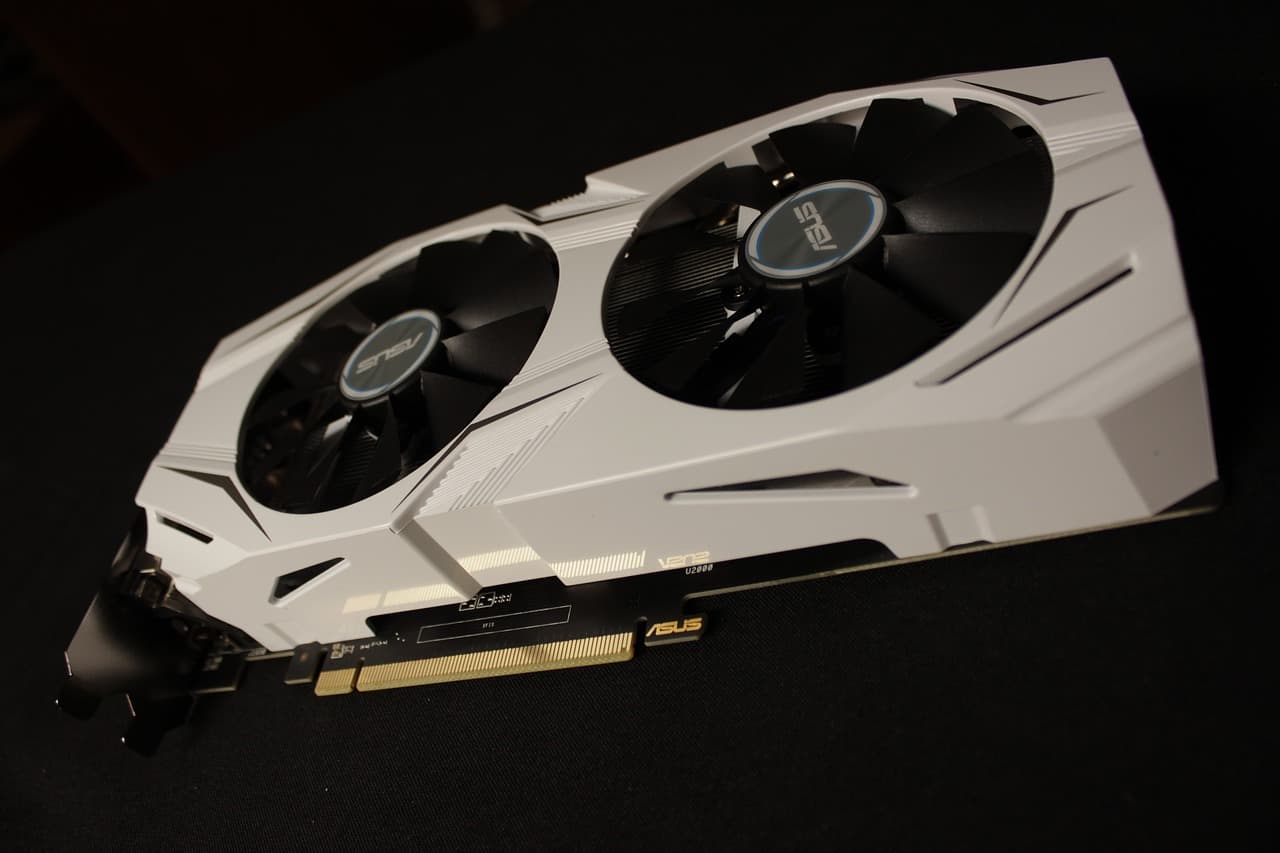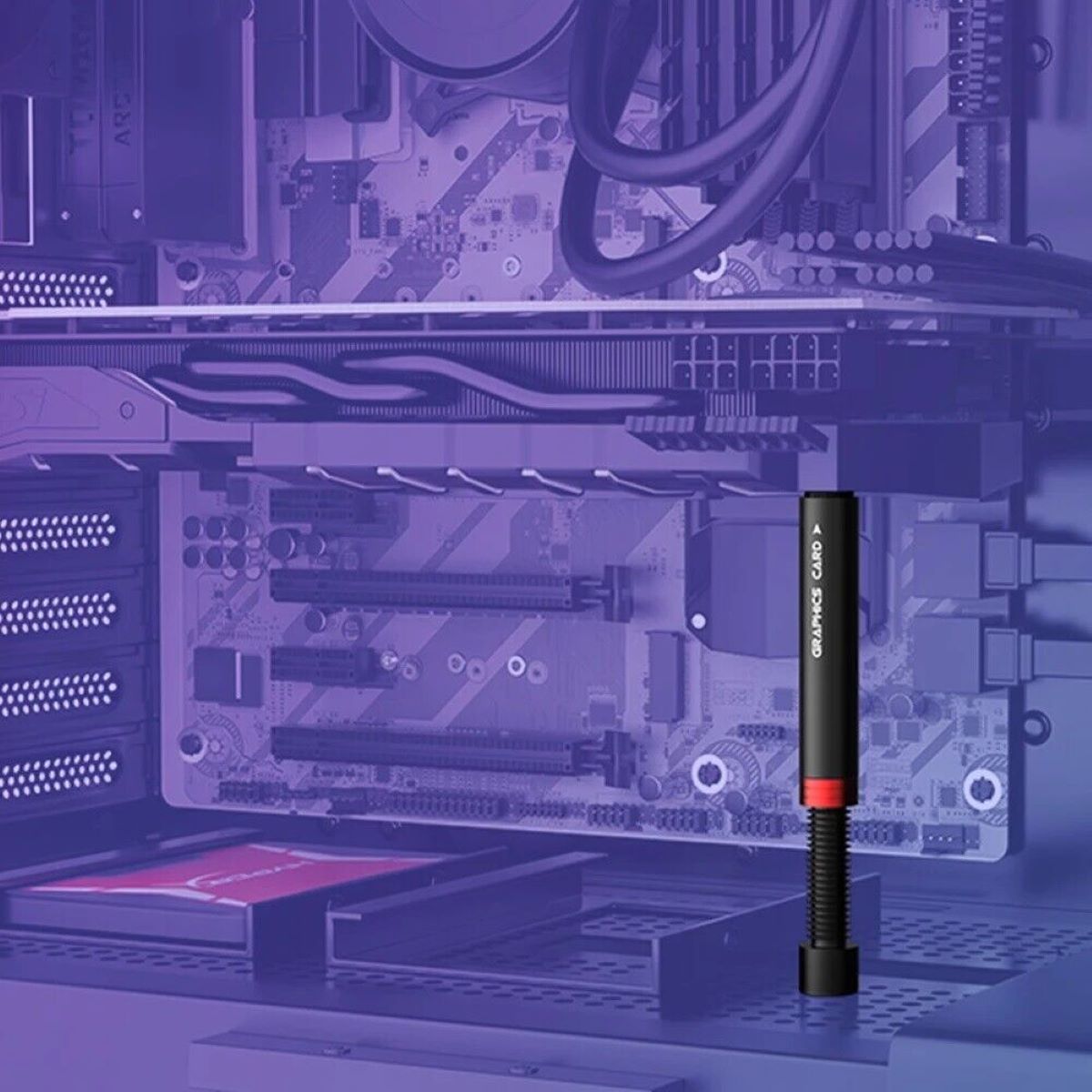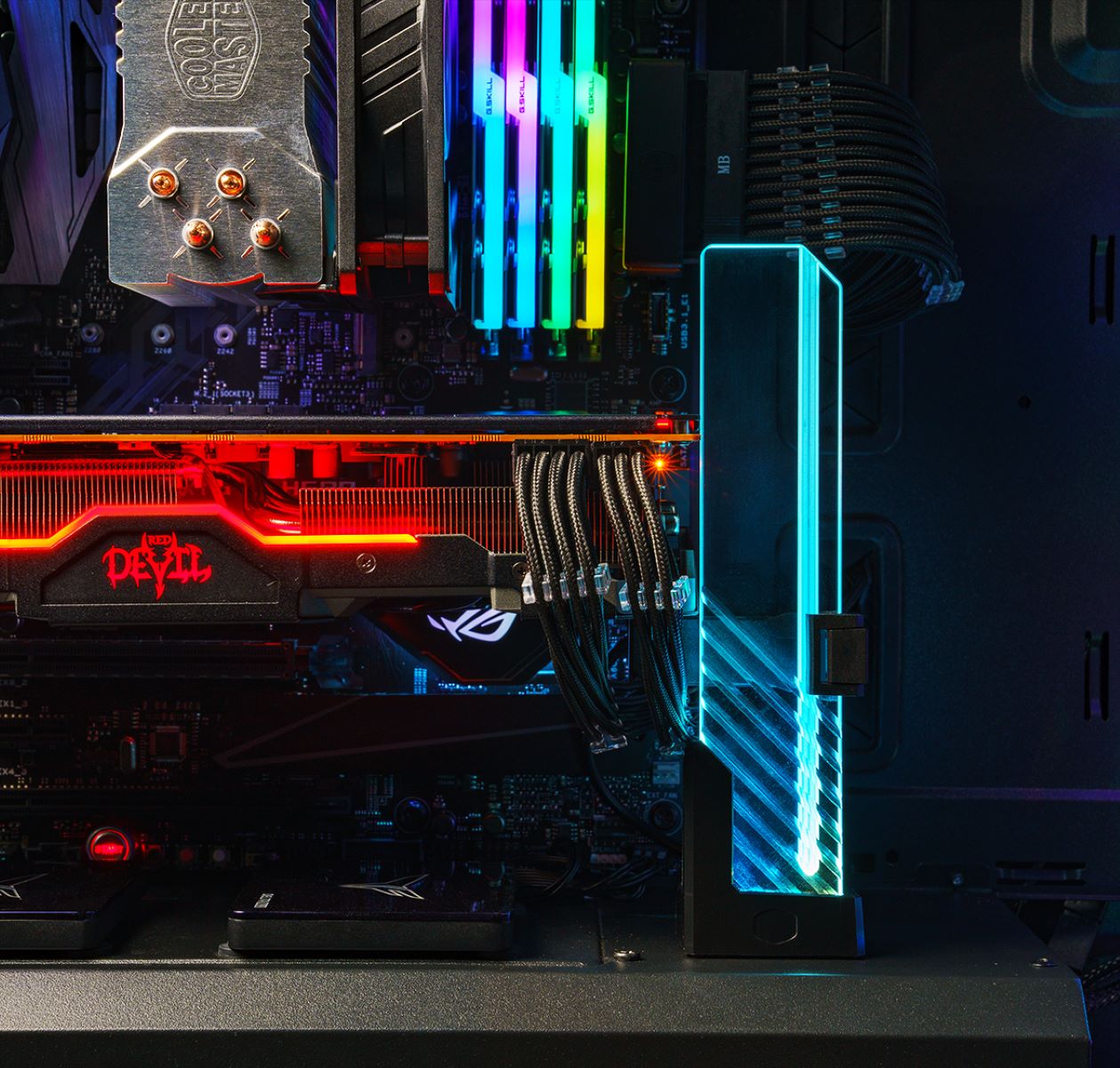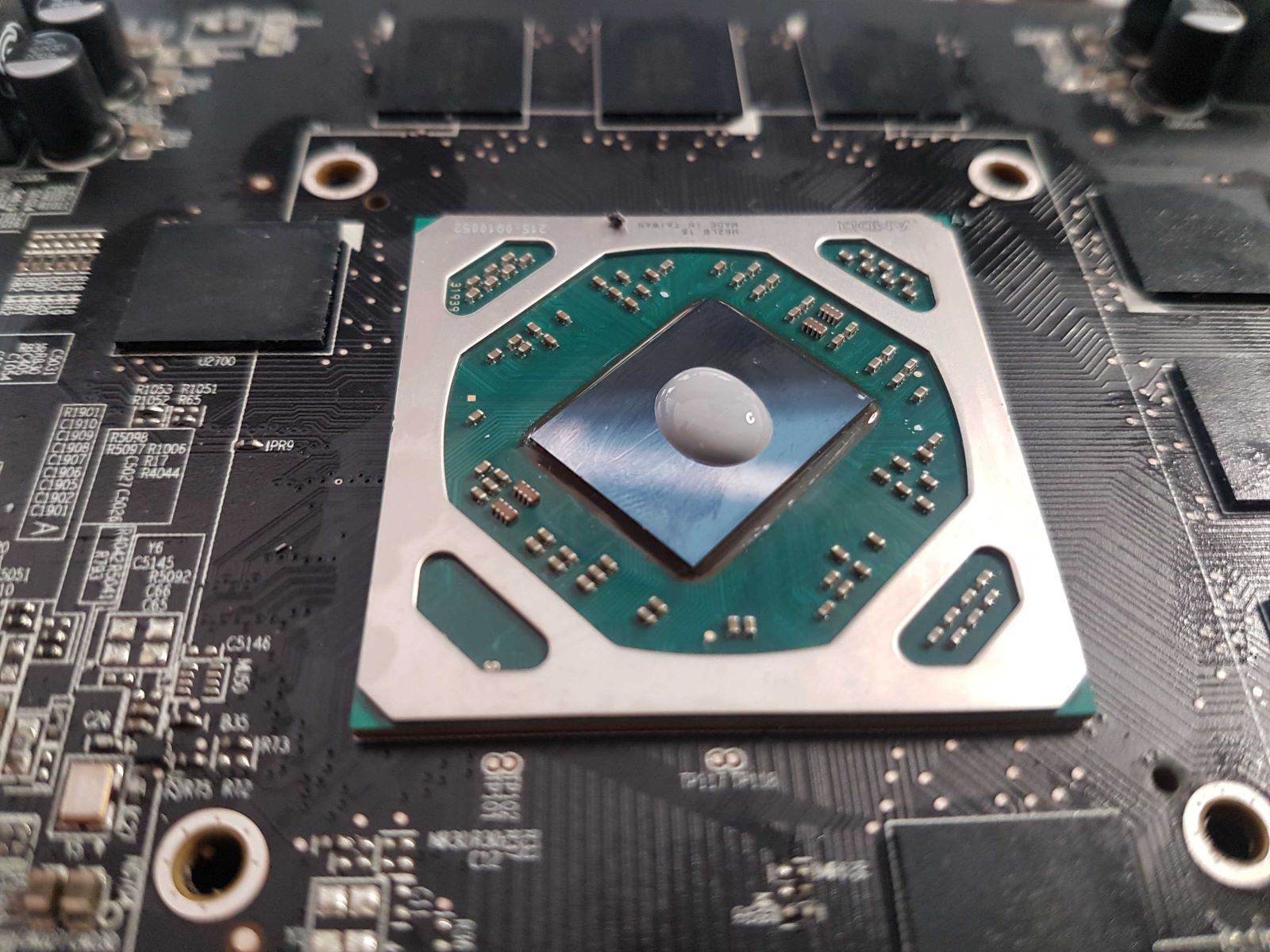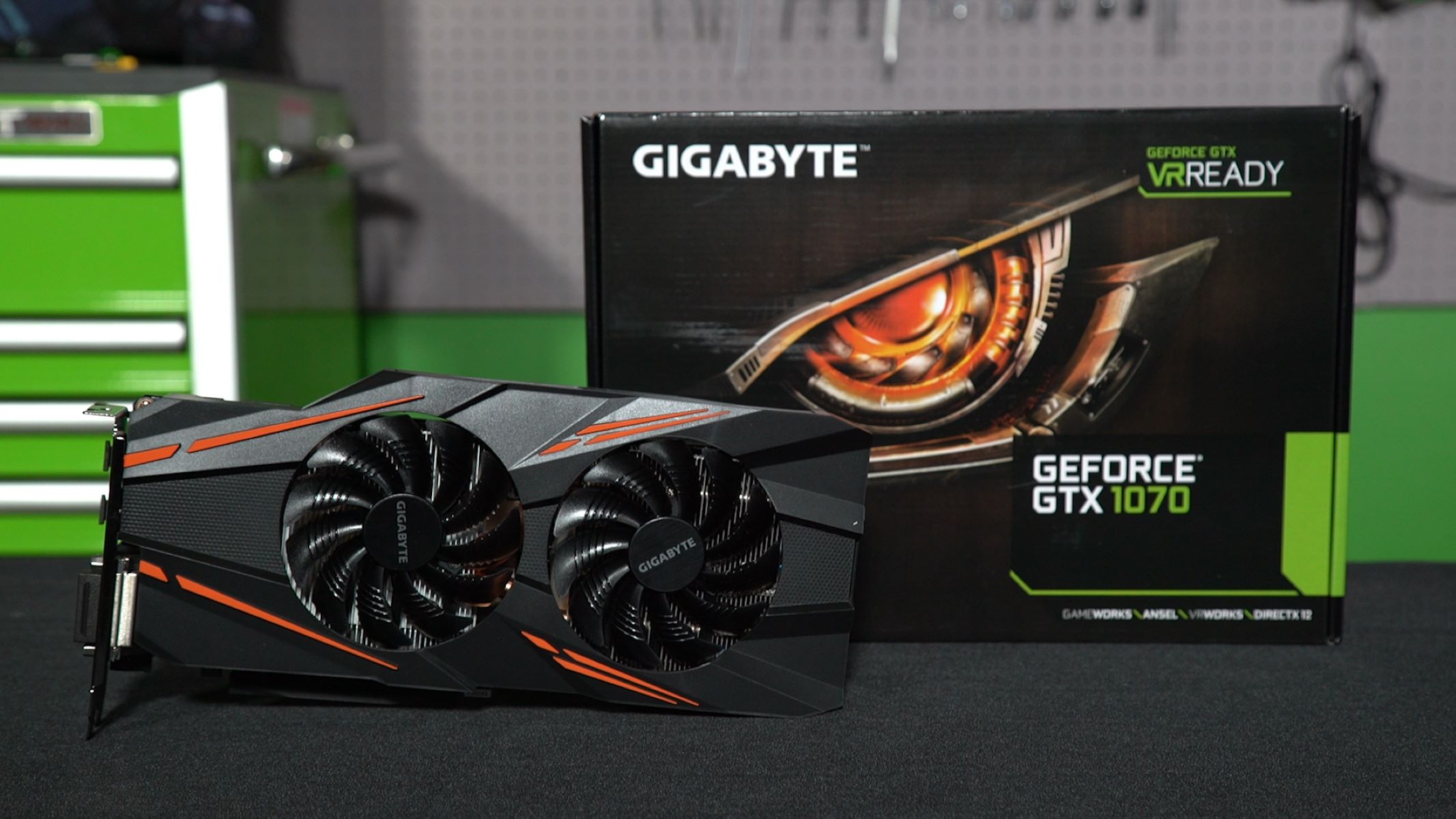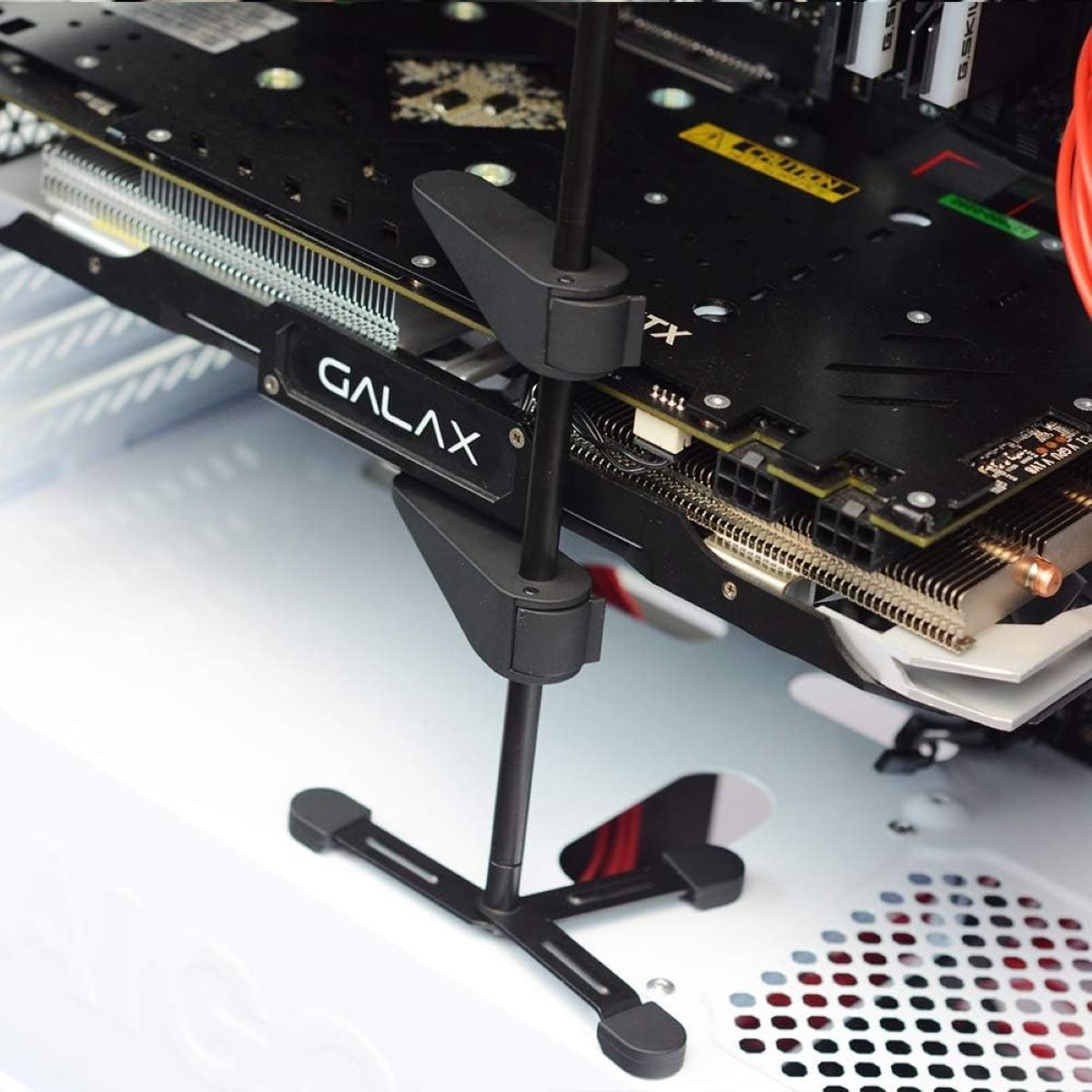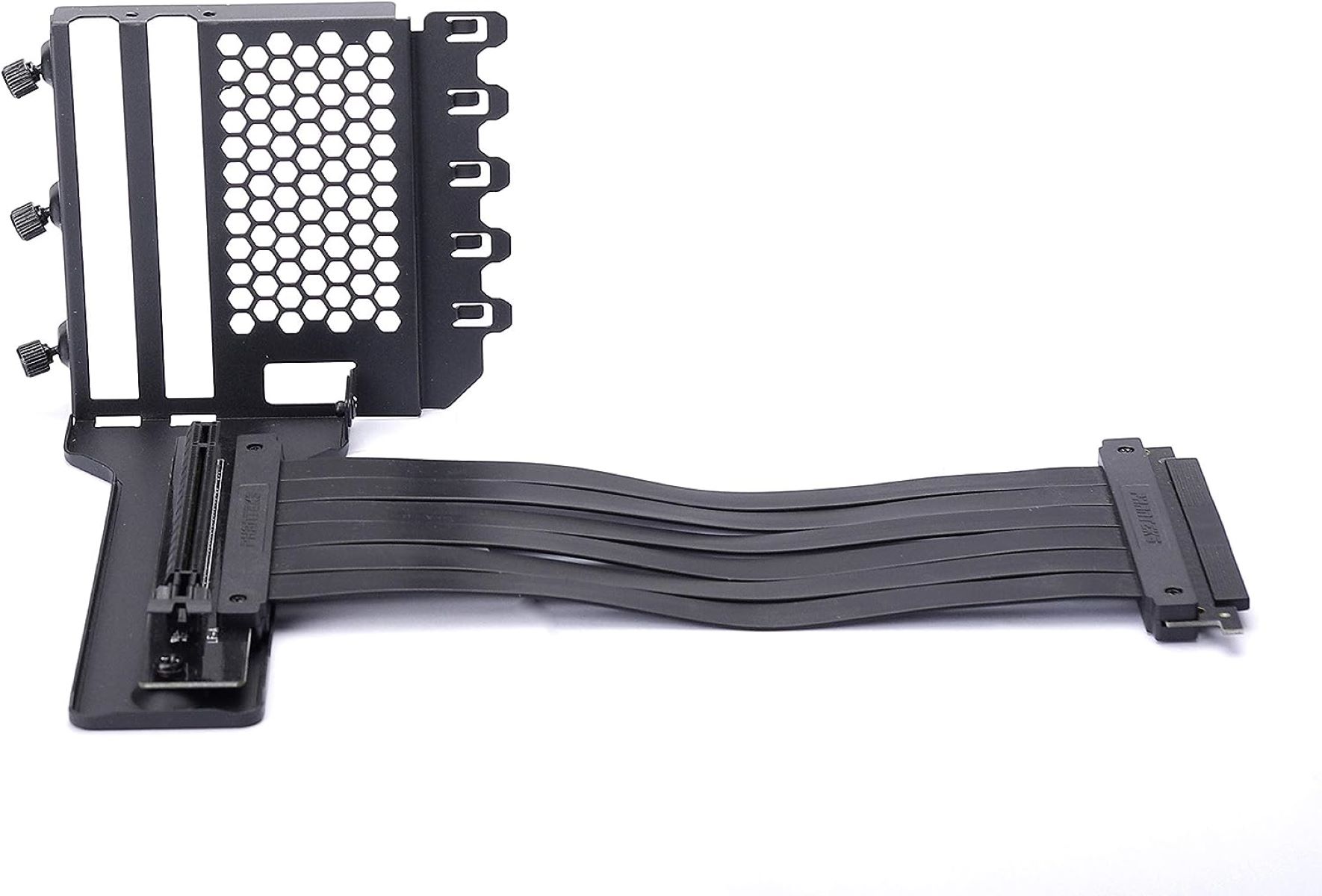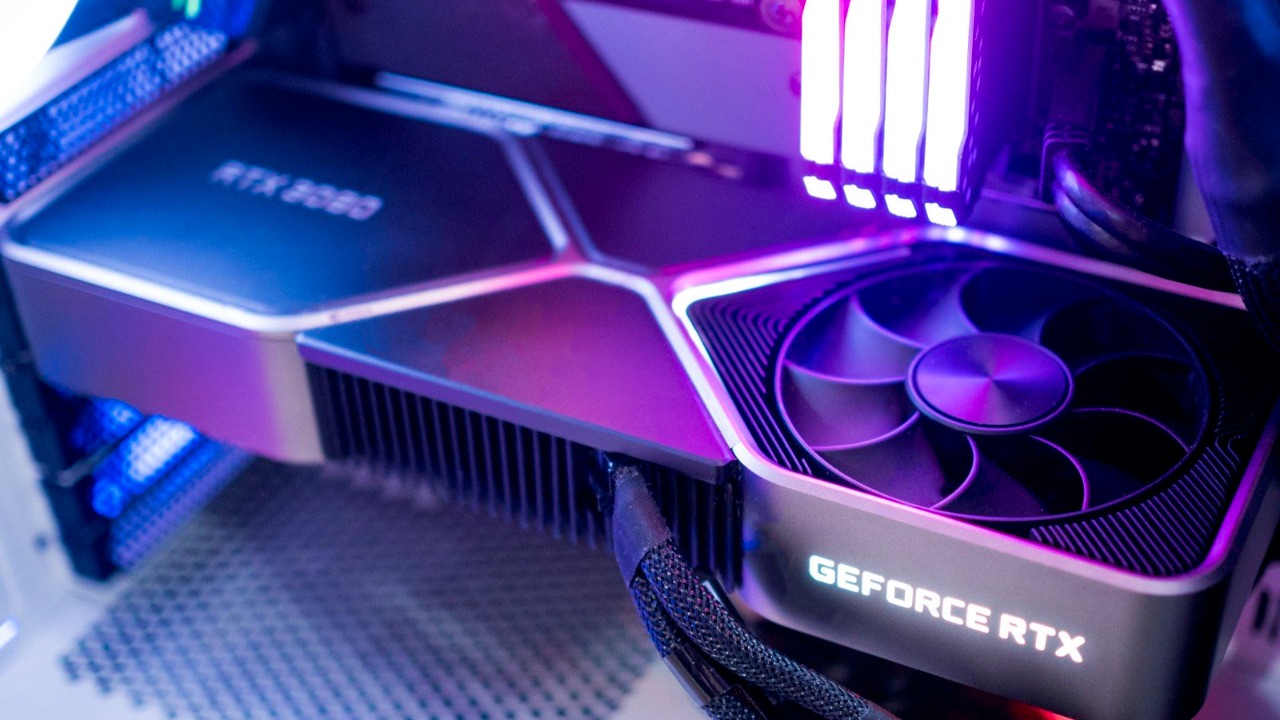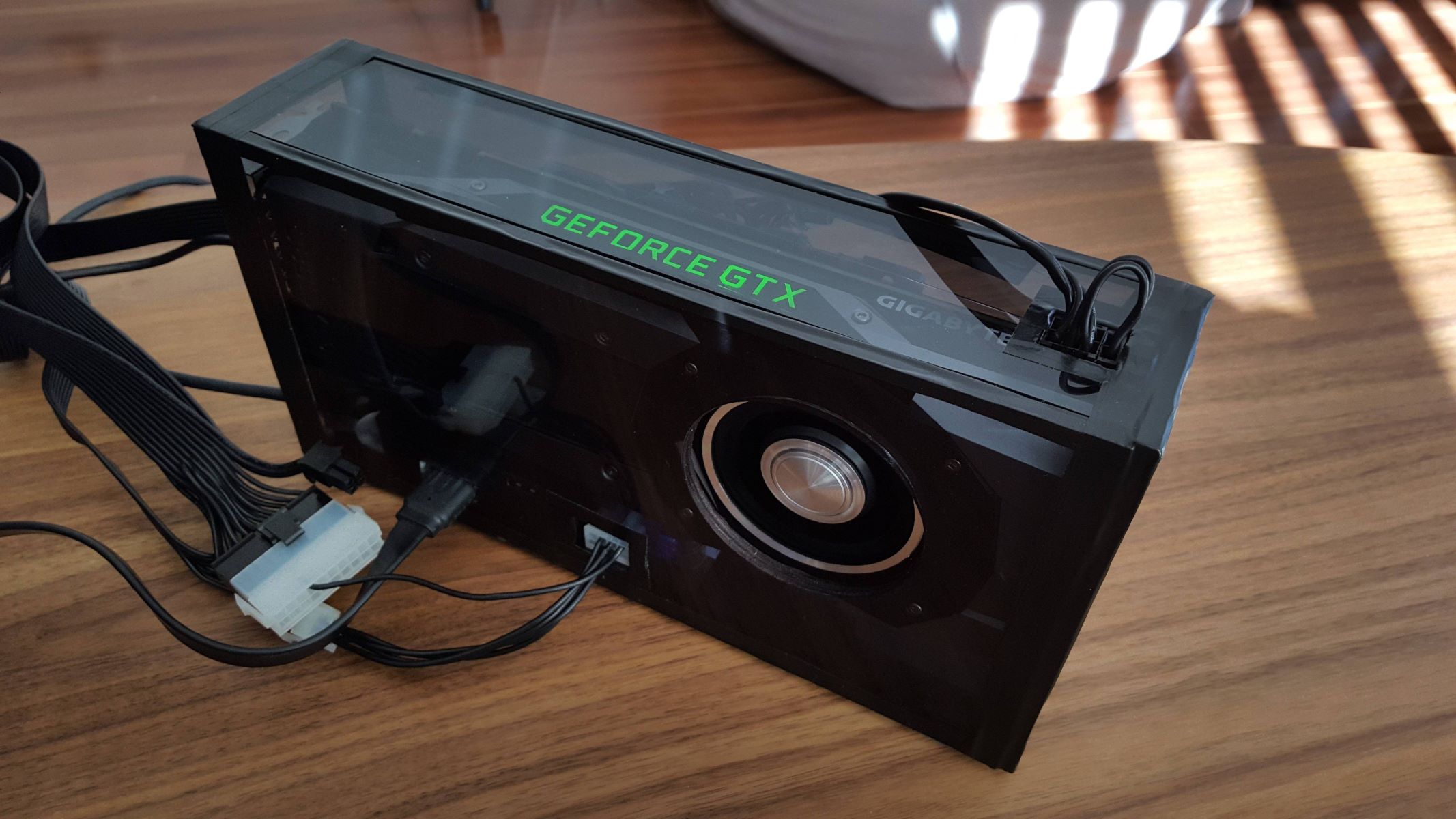The Lifespan of a GPU
When investing in a graphics processing unit (GPU), it’s natural to wonder how long it will last before needing an upgrade. The lifespan of a GPU can vary depending on several factors, including usage, technical wear and tear, cooling, overclocking, gaming habits, and future-proofing. Understanding these factors can help you make informed decisions about your GPU and maximize its longevity.
Generally, a GPU can be expected to last anywhere from 2 to 5 years. However, it’s important to note that this is a rough estimate and can vary based on usage patterns and advancements in technology. GPUs are constantly evolving, with new models offering improved performance and features.
The lifespan of a GPU is influenced by the amount and intensity of its usage. GPUs that are used for demanding tasks such as gaming, video editing, or 3D rendering may experience more strain compared to those used for casual web browsing or office work. Additionally, running resource-intensive applications for extended periods can increase heat and stress on the GPU, potentially shortening its lifespan.
Another significant factor affecting GPU lifespan is technical wear and tear. Over time, the internal components of a GPU can degrade due to factors like heat, electrical stress, and aging. As the GPU ages, it may become less efficient or start experiencing stability issues. Regularly cleaning the GPU, replacing thermal paste, and keeping the system cool can help mitigate these effects and prolong its lifespan.
Proper cooling and maintenance play crucial roles in GPU longevity. Adequate airflow and ventilation in the computer case ensure that the GPU remains within acceptable temperature ranges. Excessive heat can cause permanent damage to the GPU’s components. Implementing a reliable cooling system, such as using additional case fans or liquid cooling, can help maintain optimal operating temperatures and extend the lifespan of your GPU.
Overclocking, which involves running the GPU at higher clock speeds than the manufacturer’s specifications, can offer increased performance but may also reduce the GPU’s lifespan. Pushing the GPU beyond its intended limits generates additional heat and stress, putting more strain on the components. If you choose to overclock your GPU, ensure proper cooling and monitor temperatures to minimize the risk of premature failure.
Factors Affecting GPU Lifespan
The lifespan of a GPU is impacted by various factors that can either prolong or shorten its overall longevity. Understanding these factors can help you make informed decisions when it comes to using and maintaining your graphics card.
One of the most significant factors affecting the lifespan of a GPU is the workload or intensity of usage. GPUs used for heavy tasks such as gaming, video editing, or 3D rendering are subjected to more stress and higher temperatures compared to those used for casual web browsing or office work. Consistently pushing your GPU to its limits can reduce its lifespan over time.
Another critical factor is the quality of the GPU itself. Different manufacturers produce GPUs with varying levels of build quality and component reliability. Investing in a high-quality GPU from a reputable brand can ensure better durability and a longer lifespan. It is also advisable to opt for GPUs with better cooling solutions and more robust power delivery systems, as they can help reduce heat buildup and improve overall stability.
Proper cooling and maintenance are essential factors that significantly impact GPU lifespan. Overheating can cause the components of a GPU to degrade faster, leading to potential performance issues or even premature failure. Ensuring that your GPU is adequately cooled through efficient case ventilation, installing additional fans or heatsinks, or investing in liquid cooling systems can help maintain optimal operating temperatures and extend the lifespan of your GPU.
Overclocking, while it can provide a performance boost, is another factor that affects GPU lifespan. Overclocking involves running the GPU at higher clock speeds than the manufacturer’s specifications. This increases power consumption and generates more heat, which can accelerate the degradation of the GPU’s components. If you choose to overclock your GPU, it is important to monitor temperatures closely, use proper cooling methods, and be prepared for potentially shorter overall lifespan.
Gaming habits also have an impact on GPU lifespan. Constantly running the GPU at high usage levels for extended periods, especially in graphically demanding games, can put significant stress on the GPU. Taking regular breaks and avoiding prolonged gaming sessions can help reduce the strain on your GPU and increase its lifespan.
Lastly, future-proofing your GPU can play a role in extending its lifespan. Upgrading to a GPU with better performance and features can delay the need for an upgrade, allowing you to enjoy the latest games and applications for a longer duration. However, it’s important to consider how long the new GPU will remain relevant before advancements in technology render it outdated.
By considering and actively managing these factors, you can help prolong the lifespan of your GPU and optimize its performance throughout its usable life.
Technical Wear and Tear on GPUs
Like any electronic component, a graphics processing unit (GPU) is subject to wear and tear over time. Understanding the technical aspects that contribute to the degradation of a GPU can help you mitigate potential issues and extend its lifespan.
One of the main factors leading to technical wear and tear on GPUs is heat. As the GPU operates, it generates heat due to the electrical current passing through the various components. Continuous exposure to elevated temperatures can cause the solder joints to weaken and can lead to thermal expansion and contraction. Over time, this can result in solder cracks and eventually lead to the failure of the GPU.
The electrical stress placed on a GPU during operation can also contribute to its wear and tear. The GPU’s components, such as transistors, capacitors, and resistors, are subjected to electrical currents and voltage fluctuations. This continuous stress can cause these components to degrade over time, leading to performance issues or complete failure. Additionally, power surges or electrical spikes can further accelerate the aging process and increase the risk of damage to the GPU.
Aging is another factor that affects the lifespan of a GPU. As the GPU components age, they may become less efficient, leading to decreased performance or stability issues. The continuous use of the GPU and exposure to environmental factors like temperature and humidity can expedite the aging process.
The quality of the materials used in manufacturing the GPU also plays a vital role in its wear and tear. GPUs made with high-quality components and robust construction are generally more durable and able to withstand the stresses of regular usage for a longer period. Investing in a GPU from a reputable brand known for its reliability can ensure a more extended lifespan and better overall performance.
To mitigate the technical wear and tear on your GPU, regular maintenance is crucial. Cleaning the GPU and removing dust buildup can improve airflow and prevent heat buildup. Additionally, replacing the thermal paste between the GPU die and the heatsink can help improve heat transfer and maintain optimal operating temperatures. Regularly updating the GPU drivers can also optimize performance and stability.
It’s important to note that despite taking preventive measures, wear and tear on GPUs are inevitable. The lifespan of a GPU can vary based on factors like usage, cooling, and overall system maintenance. Monitoring the GPU’s health through frequent temperature checks and performance monitoring can help identify any potential issues and allow for timely interventions to ensure the GPU’s longevity.
GPU Cooling and Maintenance
Efficient cooling and proper maintenance are vital for maximizing the lifespan and performance of your graphics processing unit (GPU). The heat generated by a GPU during operation can significantly impact its longevity and stability. Implementing effective cooling solutions and following regular maintenance practices can help mitigate potential issues and ensure optimal GPU performance.
The first step in GPU cooling is to ensure proper ventilation within your computer case. Adequate airflow allows for the efficient exchange of hot air generated by the GPU with cooler air from outside. It’s important to keep the case free from any obstructions that may impede airflow, such as cables or dust buildup. Proper cable management and using case fans strategically can help optimize airflow and ensure the GPU remains within safe temperature ranges.
In addition to case ventilation, you can also utilize aftermarket cooling solutions to further enhance GPU cooling. Upgrading to larger or more efficient fans, installing additional case fans, or even opting for liquid cooling systems can provide better cooling performance. These solutions can help dissipate heat more effectively and maintain lower GPU temperatures, ultimately extending the lifespan of your GPU.
Regular cleaning is essential for maintaining GPU cooling efficiency. Over time, dust and debris can accumulate on the GPU and its cooling components, such as the fan blades and heatsink. This buildup can restrict airflow and impede heat dissipation. Periodically cleaning the GPU, preferably using compressed air or a soft brush, can help remove the dust and debris, allowing for optimal cooling performance.
Another vital aspect of GPU maintenance is replacing the thermal paste. Over time, the thermal paste between the GPU die and the heatsink can deteriorate, losing its effectiveness in transferring heat. This can lead to higher GPU temperatures and decreased cooling performance. Replacing the thermal paste at regular intervals, typically every 1-2 years, can help maintain proper heat transfer and prevent heat-related issues.
Monitoring the GPU temperatures is also crucial for maintaining optimal cooling and preventing potential damage. There are various software tools available that allow you to monitor the GPU temperature in real-time. Keeping an eye on the GPU temperatures during intensive tasks or gaming sessions can help you identify any overheating issues and take appropriate measures, such as adjusting fan speeds or applying additional cooling solutions.
It’s worth noting that while proper cooling and maintenance can significantly impact GPU lifespan, there are limits to how much heat a GPU can handle. If a GPU consistently operates at excessively high temperatures, even with optimal cooling, it can still experience premature degradation. Ensuring your GPU remains within recommended temperature limits during operation is essential for maintaining its longevity.
By implementing effective cooling strategies and following regular maintenance practices, you can ensure that your GPU remains cool, stable, and performs optimally throughout its lifespan.
Overclocking and GPU Lifespan
Overclocking refers to the process of running a graphics processing unit (GPU) at higher clock speeds than the manufacturer’s specifications. It can provide a significant performance boost and allow for smoother gameplay and faster rendering times. However, it is important to understand that overclocking can also impact the lifespan of your GPU.
When you overclock a GPU, you increase the voltage and clock speeds, which leads to higher power consumption and generates more heat. This increased heat can put additional stress on the GPU’s components, causing them to degrade faster over time. Continuous exposure to higher temperatures can lead to shorter lifespans and potential stability issues.
The effects of overclocking on GPU lifespan can vary depending on several factors, such as the quality of the GPU, cooling solutions, and how aggressively the GPU is overclocked. GPUs manufactured by reputable brands tend to have better build quality and higher-quality components, making them more capable of handling overclocking stress. Additionally, having an effective cooling solution, such as aftermarket fans or liquid cooling, can help dissipate the heat generated during overclocking and mitigate potential damage.
Monitoring temperatures is crucial when overclocking to ensure the GPU remains within safe operating ranges. High temperatures can significantly impact GPU longevity, so it’s important to use software tools or monitoring utilities to keep an eye on temperatures during overclocked sessions. If the temperatures become too high, adjustments may need to be made, such as lowering clock speeds, increasing fan speeds, or reevaluating the suitability of the overclocking settings.
It’s worth noting that every GPU is different, and not all GPUs are equally capable of handling overclocking. Some may allow for greater overclocking potential, while others may have more conservative limits. It’s important to research and understand the specific capabilities and limitations of your GPU before attempting to overclock it.
In addition to monitoring temperatures, it is also advisable to monitor the overall stability and performance of the GPU when it is overclocked. Overclocking can sometimes introduce system instability, causing crashes, graphical glitches, or even system freezes. If you experience any of these issues after overclocking, it may be necessary to dial back the overclocking settings to maintain stability and prevent potential damage to the GPU.
Ultimately, the decision to overclock your GPU should be made with careful consideration of the potential risks and benefits. Overclocking can provide performance gains, but it also increases the stress on your GPU and may shorten its lifespan. If you choose to overclock, remember to maintain proper cooling, monitor temperatures and stability, and be prepared for potential risks associated with the process.
Gaming and GPU Lifespan
Gaming is one of the most demanding tasks for a graphics processing unit (GPU) and can have a significant impact on its lifespan. The longevity of your GPU while gaming depends on various factors, including the intensity and duration of gaming sessions, the types of games played, and the overall cooling and maintenance of your system.
Intensive gaming sessions put a considerable amount of stress on the GPU. Graphically demanding games require the GPU to work harder, generating more heat and consuming more power. This prolonged exposure to high temperatures and increased power consumption can accelerate the wear and tear on the GPU components, potentially shortening its lifespan.
The types of games played also affect GPU lifespan. Games with advanced graphics, high resolutions, and intricate details can put more strain on the GPU, requiring it to work at higher clock speeds and rendering more frames per second. Playing these demanding games for extended periods without adequate cooling and maintenance can lead to increased temperatures and potential performance issues.
To mitigate the impact of gaming on GPU longevity, proper cooling is essential. Ensuring that your system has adequate airflow and ventilation, using additional case fans, and implementing efficient cooling solutions like liquid cooling can help keep the GPU’s temperature within safe operating limits. Monitoring GPU temperatures during gaming sessions and adjusting fan speeds if necessary can reduce the risk of overheating and potential damage to the GPU.
Regular maintenance is also critical in extending the lifespan of your GPU while gaming. Cleaning the GPU and removing dust or debris buildup can improve airflow and prevent overheating. Additionally, applying new thermal paste between the GPU die and the heatsink at regular intervals can ensure optimal heat transfer and reduce the strain on the GPU.
Taking breaks during gaming sessions can also help in preserving GPU lifespan. Continuous and prolonged usage of the GPU in gaming sessions can lead to increased temperatures and stress on the components. Taking breaks allows the GPU to cool down and reduces the overall strain experienced during prolonged usage.
It’s important to note that while gaming can impact GPU lifespan, it does not mean that gaming will drastically shorten the lifespan of a GPU. Modern GPUs are designed to handle intense gaming sessions, but taking precautions such as optimizing cooling and maintenance practices can help extend their lifespan.
Lastly, it’s crucial to select the right GPU for your gaming needs. Researching and investing in a GPU that meets the requirements of the games you play can ensure smoother performance and longevity. Upgrading to a more powerful GPU when necessary can also help future-proof your system and prolong its usability for gaming purposes.
By implementing proper cooling, regular maintenance, and being mindful of gaming habits, you can help maximize the lifespan of your GPU while enjoying immersive gaming experiences.
GPU Upgrades and Lifespan
As technology advances and newer, more powerful graphics processing units (GPUs) are released, you may find yourself considering a GPU upgrade to improve your gaming or computing performance. Understanding how GPU upgrades can affect the lifespan of your system can help you make informed decisions and maximize the longevity of your components.
Upgrading your GPU can have both positive and negative impacts on the lifespan of your system. On one hand, upgrading to a newer GPU with improved efficiency and better cooling can potentially extend the lifespan of your system. Newer GPUs often offer advancements in architecture, higher clock speeds, and improved power management. These improvements can result in reduced power consumption, lower operating temperatures, and reduced wear and tear on the components.
On the other hand, the decision to upgrade your GPU should take into account the compatibility of the new GPU with your existing system. Upgrading to a GPU that requires more power or generates more heat without upgrading your power supply or cooling system can lead to increased strain on your system. This can potentially shorten the lifespan of not only the GPU but other components as well.
When considering a GPU upgrade, it is important to ensure that your power supply can adequately handle the power requirements of the new GPU. Insufficient power can lead to instability, crashes, or even damage to your components. Additionally, upgrading your cooling system to accommodate the higher heat output of a more powerful GPU is crucial to maintain optimal temperatures and prevent overheating.
Another factor to consider when upgrading your GPU is future-proofing. GPUs become outdated as technology advances, and the games or applications you use may require more powerful GPUs over time. Upgrading to a GPU with better performance and features can delay the need for another upgrade and, in turn, extend the overall lifespan of your system.
It’s also worth considering the warranty and support available for your new GPU. Manufacturers often provide warranties that cover their products for a specific period of time. Knowing the warranty duration and the level of support available can help ensure that you receive assistance if any issues arise with your new GPU, potentially extending its effective lifespan.
Finally, regular maintenance and proper usage habits remain essential even after a GPU upgrade. Ensuring adequate cooling, cleaning your system regularly, and performing timely software updates can all help maintain the longevity and performance of your new GPU.
In summary, GPU upgrades can have both positive and negative impacts on the lifespan of your system. By considering compatibility, power supply requirements, cooling solutions, future-proofing, warranties, and maintenance, you can make informed decisions and maximize the lifespan of your GPU and overall system.
Future-Proofing Your GPU
Investing in a graphics processing unit (GPU) can be a significant financial commitment, so it’s natural to want it to remain relevant and capable of handling future demands. Future-proofing your GPU involves selecting the right GPU, considering technological advancements, and optimizing its performance to ensure it can meet your needs for an extended period.
One of the key aspects of future-proofing your GPU is selecting a GPU that meets your current requirements while also considering future needs. Research the latest GPU models and compare their specifications, performance, and compatibility with your system. Look for GPUs with sufficient power, memory, and features to handle upcoming applications or games that may require more resources.
Consider the future direction of technology when choosing a GPU. Keep an eye on industry trends, such as emerging graphics technologies and advancements in gaming or rendering techniques. GPUs that support cutting-edge technologies like ray tracing, virtual reality, or artificial intelligence may have a longer lifespan as they can handle increasingly sophisticated graphics and computational tasks.
Another aspect of future-proofing your GPU is ensuring your system has adequate power supply and cooling. High-performance GPUs require robust power delivery systems to operate optimally. Upgrading your power supply to meet the power requirements of a new GPU can prevent stability issues and potential damage. Additionally, ensuring proper cooling with efficient case ventilation, case fans, or liquid cooling can help maintain optimal operating temperatures and prolong the lifespan of your GPU.
Regularly updating your GPU drivers is also important for future-proofing. GPU manufacturers release driver updates that optimize performance, fix bugs, and add compatibility with new games and applications. Updating your GPU drivers can provide performance improvements and ensure compatibility with the latest software, allowing your GPU to remain relevant and efficient over time.
Consider the upgradability and flexibility of your system when future-proofing your GPU. Ensure that your motherboard can support future GPU upgrades, either by having sufficient expansion slots or compatibility with the latest interface standards like PCIe. Having the option to upgrade your GPU without replacing other components can help extend the lifespan of your system.
Lastly, managing your expectations and understanding the limitations of technology is essential. While future-proofing can help prolong the lifespan of your GPU, there will always be advancements and new technologies that may eventually render your GPU outdated. It’s important to strike a balance between investing in a GPU that meets your current needs and considering the potential future requirements without overextending your budget.
By selecting the right GPU, considering future technological advancements, optimizing power and cooling, regularly updating drivers, and ensuring system upgradability, you can future-proof your GPU and maximize its lifespan, providing you with a capable and relevant GPU experience for years to come.
Signs of a Dying GPU
Over time, a graphics processing unit (GPU) may gradually deteriorate due to wear and tear, high temperatures, or other factors. Recognizing the signs of a failing or dying GPU can help you take necessary action before complete failure occurs, potentially saving you from unexpected system downtime or further damage.
One common sign of a dying GPU is an increase in system crashes, freezing, or blue screen errors, particularly during graphics-intensive tasks like gaming or rendering. These issues may indicate that the GPU is struggling to handle the demands placed on it due to degraded components or inadequate cooling.
Another noticeable sign is a decrease in performance. If you experience sudden drops in framerate, stuttering, or graphical artifacts during gaming or other GPU-intensive applications, it may be a sign of a dying GPU. As the GPU components degrade, they may no longer be able to process data or render graphics efficiently, leading to performance degradation.
Visual artifacts, such as screen flickering, colored lines or dots, or distorted graphics, can also indicate a failing GPU. These artifacts typically occur when the GPU is unable to process and display visual information correctly due to component issues or inadequate power delivery.
Excessive heat is a common cause of GPU failure. If you notice that your GPU is running hotter than usual, or if your system regularly shuts down or experiences system instability due to overheating, it may be an early warning sign of a dying GPU. Cooling issues, such as a malfunctioning fan or inadequate airflow, can contribute to higher temperatures and accelerate the degradation of the GPU components.
Another sign to look out for is driver-related issues. If you consistently encounter driver crashes or errors with the GPU drivers, even after reinstalling or updating them, it could suggest a deeper hardware problem with the GPU itself. Driver issues can sometimes be a result of unstable or failing components within the GPU.
Lastly, if you experience problems when connecting displays or multiple monitors to your GPU, such as no signal or flickering screens, it can be an indication of a dying GPU. The GPU’s ability to handle multiple displays may decrease as its components degrade or fail.
It’s important to note that these signs alone may not definitively confirm a dying GPU, as they can also be caused by other hardware or software issues. However, if you notice multiple signs occurring simultaneously or progressively worsening over time, it is recommended to seek professional assistance or consider replacing the GPU to prevent further system issues or potential failure.
Regular monitoring of GPU temperatures, performance, and keeping up with maintenance practices, such as cleaning out dust or debris from the GPU and ensuring proper cooling, can help prolong the lifespan of your GPU and minimize the risk of encountering these signs of a dying GPU.
Extending the Lifespan of Your GPU
Graphics processing units (GPUs) are a crucial component in modern computers, responsible for rendering graphics and delivering smooth visual experiences. Taking steps to extend the lifespan of your GPU can help maximize its performance, save you money on premature replacements, and ensure you get the most out of your investment. Here are some effective strategies to extend the lifespan of your GPU:
1. Proper Cooling: Maintaining optimal temperatures for your GPU is crucial. Ensure your system has adequate airflow, remove dust or debris from cooling components regularly, and consider adding additional fans or upgrading to more efficient cooling solutions. Monitor GPU temperatures and adjust fan speeds if necessary to prevent overheating, as excessive heat can shorten the lifespan of your GPU.
2. Regular Maintenance: Keeping your GPU clean is essential. Dust buildup can restrict airflow and cause the GPU to overheat. Use compressed air or a soft brush to remove dust from the GPU and its surrounding components. Additionally, consider replacing the thermal paste between the GPU die and heatsink to optimize heat transfer and maintain lower operating temperatures.
3. Responsible Overclocking: Overclocking can boost performance but should be done cautiously. Pushing your GPU beyond its limits can generate more heat and stress on the components, potentially shortening its lifespan. If you choose to overclock, monitor temperatures closely and ensure adequate cooling to minimize the risks associated with it.
4. Regular Updates: Keeping your GPU drivers up to date is essential for optimal performance and stability. GPU manufacturers frequently release driver updates that optimize compatibility, improve performance, and address known issues. Regularly check for driver updates and install them to ensure your GPU functions at its best.
5. Efficient Power Supply: Ensure that your power supply unit (PSU) can handle the power demands of your GPU. Insufficient power can lead to instability or crashes, and may even damage your components. Use a PSU with sufficient wattage and reliable power delivery to ensure your GPU receives the power it needs to perform optimally.
6. Proper Usage Habits: Avoid running your GPU at its maximum load for prolonged periods. Taking breaks during intense gaming sessions or GPU-intensive work can help keep temperatures in check and reduce stress on the GPU. Additionally, avoid sudden power outages or electrical surges by using a surge protector to protect your GPU from potential damage.
7. System Upgrades: Upgrading other components in your system, such as RAM or CPU, can help balance the workload and reduce strain on the GPU. Ensuring that your system as a whole is capable and well-maintained can help extend the lifespan of your GPU.
8. Monitoring and Early Detection: Regularly monitor and track the health of your GPU. Utilize software tools to monitor temperatures, fan speeds, and performance metrics. Be vigilant for any signs of issues such as artifacts, crashes, or performance degradation. Early detection and timely intervention can prevent further damage and extend the lifespan of your GPU.
By implementing these strategies, you can significantly extend the lifespan of your GPU, ensuring optimal performance and longevity for your gaming or computing needs.







